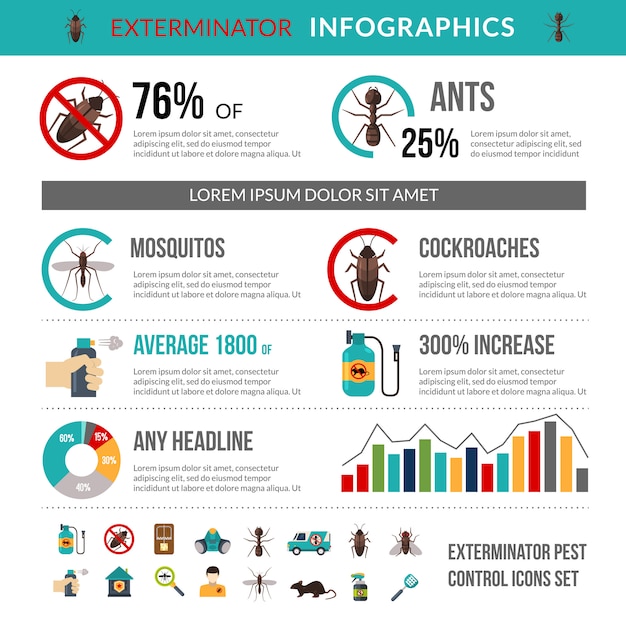Keep Parasites At Bay: Effective Approaches For A Rodent-Free Outdoor Area
Keep Parasites At Bay: Effective Approaches For A Rodent-Free Outdoor Area
Blog Article
Write-Up Author-Christensen Hickman
Did you recognize that rodents can squeeze through openings as tiny as a quarter? Visualize the ramifications for your outdoor space. From nibbling on plants to nesting in relaxing corners, these bugs can wreak havoc if given the chance. Yet fear not, there are https://howtoremoveablacksnakefro84062.blogscribble.com/26637536/eco-friendly-parasite-control-natural-ways-to-keep-rodents-away can employ to maintain your backyard rodent-free. By taking easy steps to seal access factors and keep a clean environment, you can produce a fortress against unwanted furry site visitors. So, are you prepared to safeguard your outdoor sanctuary from these pesky intruders?
Identify Entrance Information
To successfully rodent-proof your exterior room, start by pinpointing potential entrance factors. Inspect https://zionvqkey.techionblog.com/26636552/discover-the-unseen-trespassers-besides-bed-insects-prowling-in-your-household-posing-a-threat-to-your-living-location-in-unexpected-methods-maintain-yourself-informed-to-safeguard-your-safe-house for any voids or openings that rodents can use to get. Examine locations such as gaps under doors, holes in the walls, or openings around utility penetrations. Keep in mind that computer mice can squeeze with openings as small as a dime, so be thorough in your exam.
Concentrate on locations where utilities enter your home, such as where pipelines, cable televisions, or cords go into the building. Seal any type of gaps around these entrance factors with products like steel wool or caulk. In addition, look for any splits in the foundation or gaps in the siding that can function as entry points for rodents.
Pay close attention to areas where plants meets your home, as overgrown plants can give hiding areas and very easy access for rodents. Trim back any kind of overhanging branches or shrubs that could be used as bridges to your house. By identifying and sealing off these access factors, you can substantially lower the opportunities of rodents attacking your outdoor space.
Implement Exemption Procedures
Examining and securing entry points is the primary step in rodent-proofing your exterior area; now you'll do something about it by implementing exemption procedures.
Start by installing door brushes up on all exterior doors to avoid rats from squeezing through spaces. Seal fractures and holes with weather-resistant sealer, concentrating on locations where energy pipelines enter your home.
Usage cord mesh to cover vents and smokeshafts, ensuring they're safely connected. Cut tree branches and plants away from your house to get rid of potential bridges for rodents to access your roofing.
In addition, consider setting up steel flashing around the base of your home to avoid burrowing. Store firewood a minimum of 18 inches off the ground and away from your residence.
Keep https://www.pctonline.com/news/tick-control-offered-majority-pmps/ in securely sealed containers, and quickly clean up any type of spilled birdseed or animal food. By implementing these exemption procedures, you can significantly decrease the likelihood of rodents attacking your exterior space.
Maintain Sanitation and Trimmed Landscape Design
Ensure your exterior room continues to be clean and your landscape design is on a regular basis trimmed to hinder rodents from locating harborage or food resources. Maintaining your yard tidy is crucial to minimizing attractions for rodents. Eliminate any debris, mess, or unused things that could serve as concealing areas for these insects. Rats are attracted to locations with very easy accessibility to food and shelter, so by keeping sanitation, you make your residential or commercial property much less attractive to them.
Routinely trimming your landscaping is additionally essential in rodent-proofing your outdoor area. Disordered greenery provides rats with sufficient hiding areas and potential nesting websites. By keeping your lawn cut, bushes cut, and trees trimmed, you remove potential habitats for rodents. Additionally, trimmed landscaping makes it harder for rats to access your home as they like locations with adequate protection for security.
Final thought
In conclusion, by making the effort to rodent-proof your outdoor room, you can make sure a pest-free lawn for years ahead. Keep in mind to on a regular basis examine for access factors, carry out exemption steps, and keep your lawn tidy and well-maintained.
With these straightforward strategies in position, you can delight in a tranquil and rodent-free outside atmosphere. So, do not postpone - begin rodent-proofing today and say goodbye to undesirable animals in your backyard!
